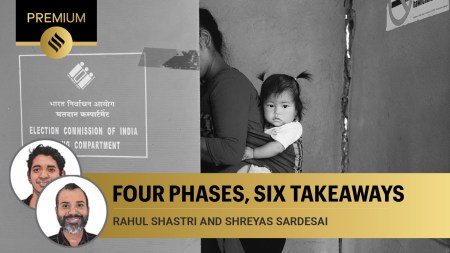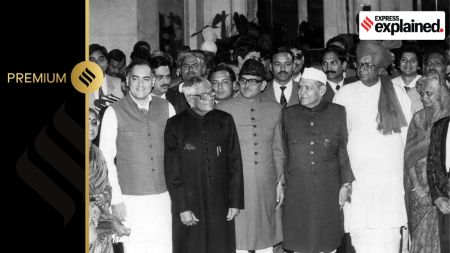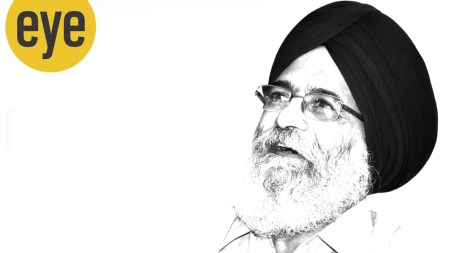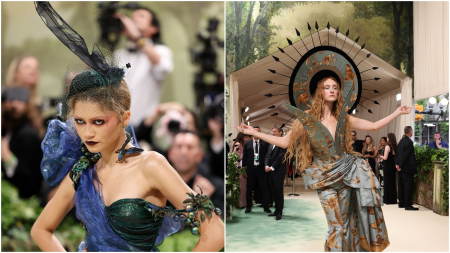- India
- International
Here’s how to pick the right gift
"If you are faced with buying a gift for somebody, and you're uncertain if they're going to like it, maybe you instead find something you would like for yourself". The findings published in the journal Personality and Social Psychology Bulletin showed that gift recipients were happier with a present when the giver got themselves the same present. The researchers called it "companionising".
 People like a companionised gift more, and they even feel closer to the giver. (Source: Thinkstock Images)
People like a companionised gift more, and they even feel closer to the giver. (Source: Thinkstock Images)
If you want to make the recipient of your gift really happy, get the same thing for yourself too and say that you did, suggests new research. “If you are faced with buying a gift for somebody, and you’re uncertain if they’re going to like it, maybe you instead find something you would like for yourself,” said one of the researchers Evan Polman, Professor at University of Wisconsin-Madison in the US.
“Then buy the recipient the same thing,” Polman added.
The findings published in the journal Personality and Social Psychology Bulletin showed that gift recipients were happier with a present when the giver got themselves the same present. The researchers called it “companionising”.
“The fact that a gift is shared with the giver makes it a better gift in the eyes of the receiver,” Polman said.
“They like a companionised gift more, and they even feel closer to the giver,” Polman added.
Hundreds of participants in the study rated how likable, thoughtful and considerate they would find each of a long list of gifts — or how likable, thoughtful and considerate the gifts would be if the attached card included a message like, “I hope you like the gift. I got myself the same one too!”

Scores went up for gifts — such as staplers, umbrellas, wool socks and headphones — that also found a home with the giver.
“We were inspired originally by things like friendship bracelets, where two people would have two things that kind of make up a whole,” Polman said.
But experiments within their study showed the giver and receiver did not have to be close friends or relatives for the companionisation effect to work.
May 17: Latest News
- 01
- 02
- 03
- 04
- 05


































